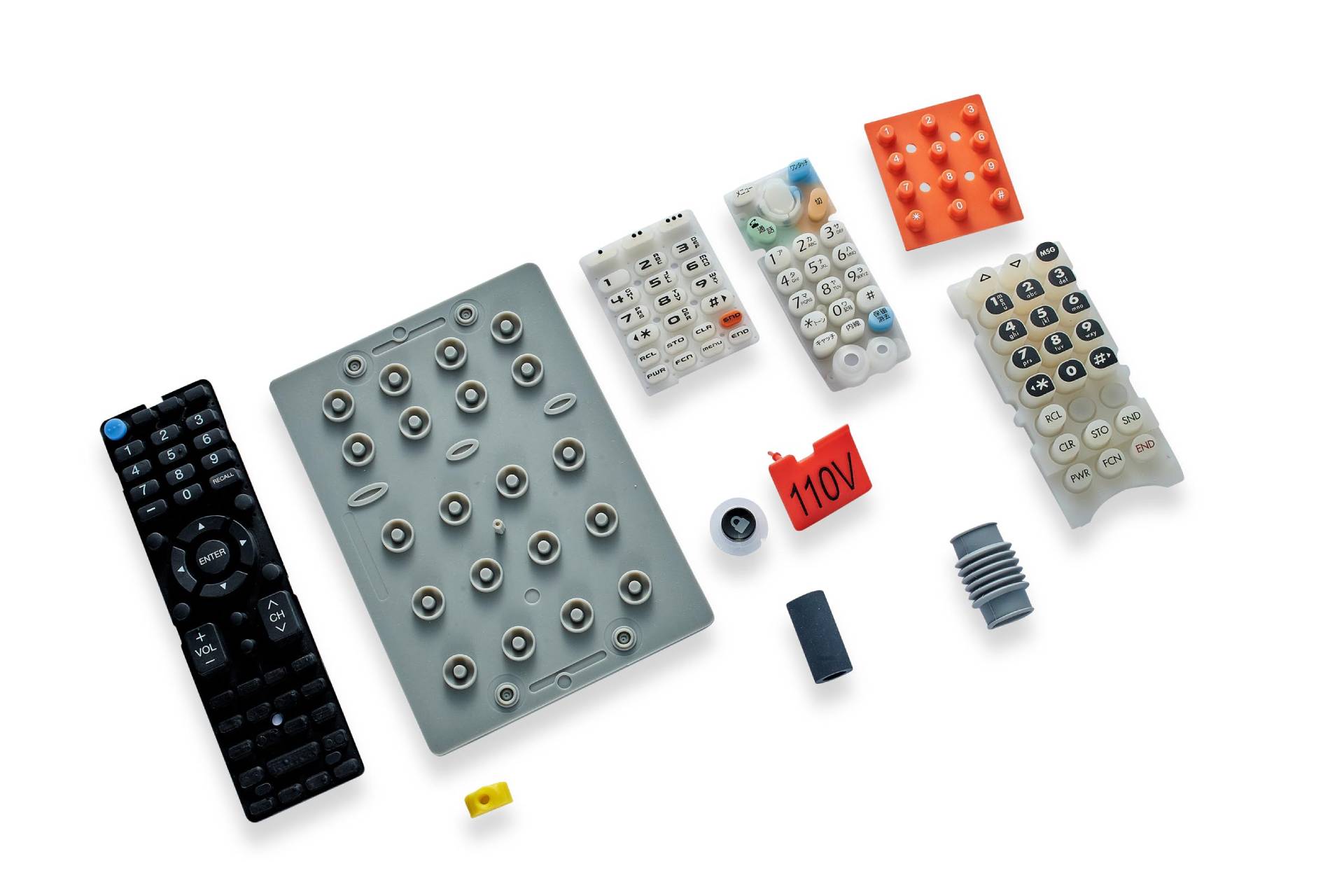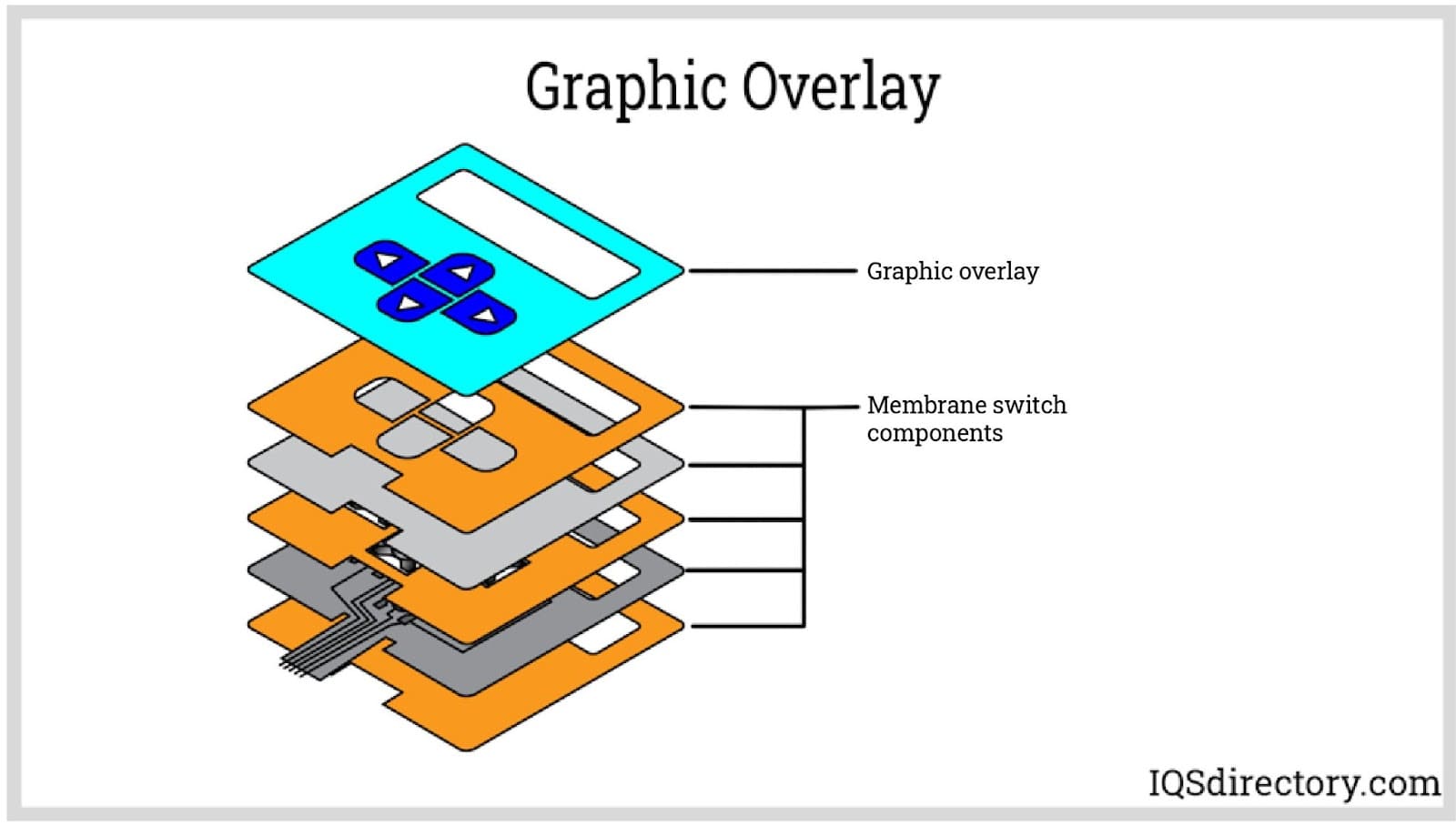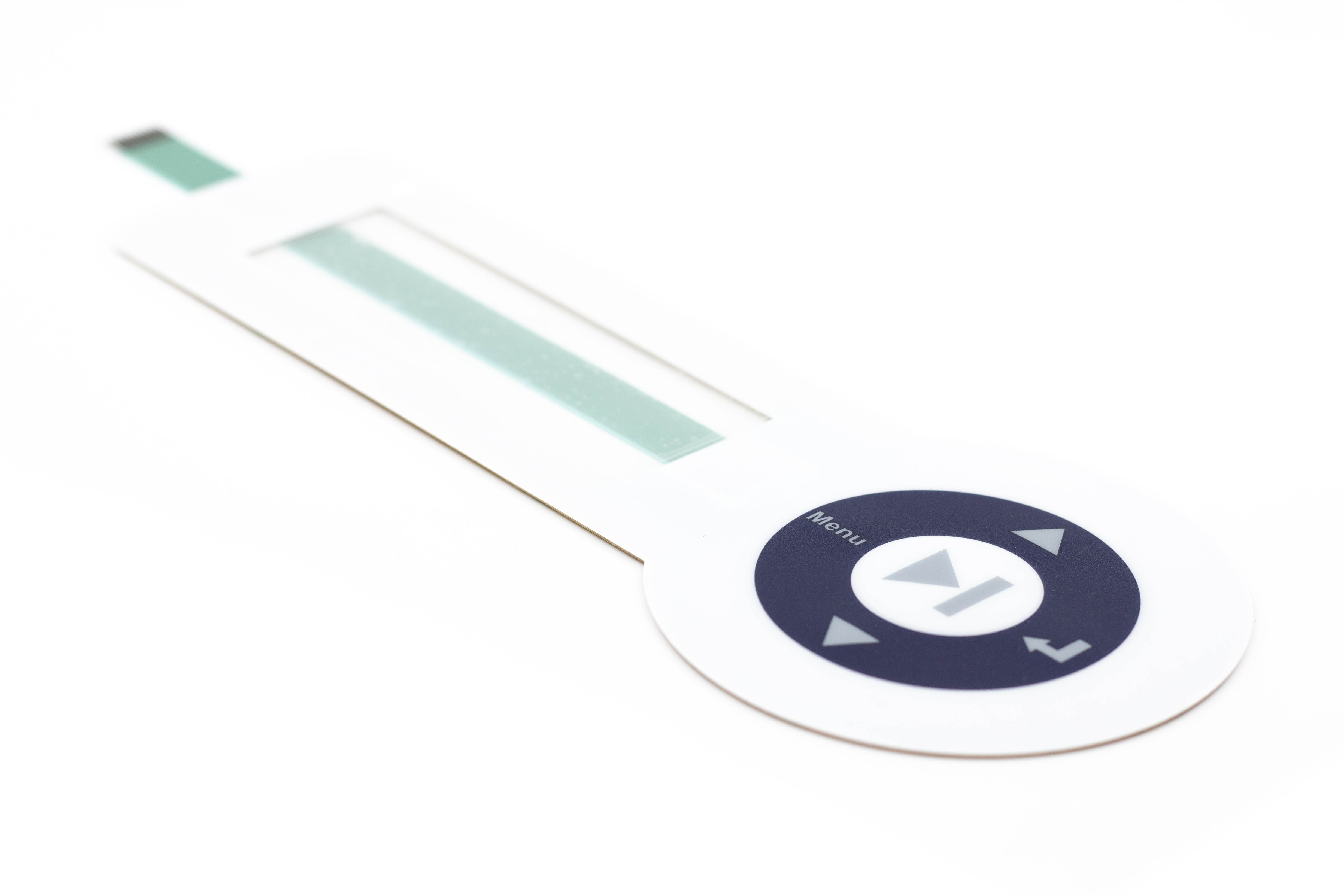The benefits of using membrane switch in high-touch applications
Wiki Article
Recognizing the Importance of Membrane Switch in Modern Electronics
Membrane switches are essential components in modern electronic gadgets. They offer a mix of functionality and style that enhances user communication. Their light-weight and long lasting nature makes them appropriate for various applications. As industries progress, the need for personalization and advanced features grows. Understanding just how membrane layer switches contribute to technology exposes their relevance fit the future of electronic devices. What lies ahead for this technology?The Essentials of Membrane Switch Over Innovation
Although commonly neglected, membrane layer switch modern technology plays an essential role in the contemporary electronic devices landscape - membrane switch. These gadgets, composed of multiple layers, serve as user interfaces for numerous electronic items, varying from home appliances to medical tools. A normal membrane layer switch includes a visuals overlay, a spacer layer, and a circuit layer, which are diligently assembled to produce a useful interface.When pressure is put on the overlay, the circuit layer is finished, allowing signals to be sent to the device. This innovation is recognized for its versatility, making it possible for customization in style, capability, and form to meet particular user demands. Additionally, membrane buttons are slim and lightweight, making them appropriate for applications where room is a costs. Their sturdiness and resistance to ecological variables even more enhance their charm, ensuring they can stand up to extreme problems while keeping performance. On the whole, membrane layer button modern technology is indispensable to creating efficient and user-friendly electronic devices
Secret Advantages of Membrane Switches Over
Membrane switches over offer numerous crucial benefits that make them a favored option in different electronic applications. Their style permits a compact kind variable, allowing producers to create streamlined and light-weight gadgets. Additionally, membrane layer buttons are resistant to dust, moisture, and chemicals, which boosts their toughness and durability sought after settings. The tactile feedback given by these buttons can enhance customer experience, making them user-friendly and easy to operate.Furthermore, membrane switches can be tailored with diverse graphics and shades, permitting distinct branding opportunities. The production procedure is typically cost-efficient, particularly for high-volume production, as it decreases setting up time and simplifies style. Finally, membrane changes call for minimal upkeep, adding to reduced general functional prices. These advantages emphasize their expanding popularity in contemporary electronic devices, where reliability and easy to use user interfaces are necessary.
Applications Across Different Industries
The convenience of membrane layer switches allows their extensive fostering throughout various sectors. In the clinical field, they are generally utilized in analysis devices and client surveillance systems, using a durable user interface resistant to contaminants. The vehicle industry utilizes membrane buttons for control panel controls, boosting individual experience with sleek styles that hold up against rough conditions. In customer electronics, they serve as control board for gadgets such as microwaves and coffee manufacturers, offering a straightforward user interface that is very easy to clean. The aerospace market uses membrane switches in cockpit controls, where reliability and room performance are vital. In addition, the industrial sector leverages these buttons in equipment and control systems to assure durable operation sought after environments. This wide array of applications underscores the adaptability of membrane layer buttons, making them important components in improving capability and customer interaction throughout varied technological landscapes.Customization and Layout Flexibility

Future Fads in Membrane Layer Switch Development
Arising patterns in membrane layer switch development show a growing focus on boosted capability and assimilation with smart innovations. As consumer demand for extra innovative electronic devices increases, makers are concentrating on developing membrane layer changes that not only serve fundamental operational roles but also incorporate attributes like touch level of sensitivity, backlighting, and haptic feedback.Furthermore, innovations in products are anticipated to enhance longevity and ecological resistance, making membrane changes suitable for varied applications in markets such as Read Full Report healthcare, automotive, and consumer electronic devices. The combination of capacitive touch technology is most likely to come to be a lot more prevalent, enabling sleeker layouts and enhanced individual interfaces. membrane switch.Additionally, the surge of the Internet of Points (IoT) is motivating the advancement of membrane layer changes that can interact wirelessly with other tools, improving interconnectivity. Overall, the future of membrane layer button technology shows up promising, driven by technology and the search of straightforward optionsFrequently Asked Inquiries
Exactly How Do Membrane Layer Changes Contrast to Traditional Mechanical Switches?
Membrane switches, being extra space-efficient and providing a sleek layout, contrast with standard mechanical buttons that supply tactile responses. The former typically include personalized graphics, while the latter commonly guarantee longevity and dependability in various applications.What Materials Are Frequently Used in Membrane Switch Production?
Membrane buttons are typically generated using materials such as polyester, polycarbonate, and published conductive inks. These products provide flexibility, responsiveness, and sturdiness, making them suitable for various applications in electronic gadgets and interface.Can Membrane Layer Switches Over Be Fixed or Recycled?
Membrane layer buttons can frequently be repaired, particularly if small issues occur, such as adhesive failure or surface area damage. Full reuse is commonly restricted due to wear and possible destruction of products over time.
How Do Ecological Aspects Impact Membrane Switch Efficiency?
Environmental factors, such as temperature, moisture, and exposure to chemicals, significantly affect membrane button performance. Severe conditions can bring about degradation, influencing responsiveness and long life, eventually endangering the performance of the tool in different applications.What Is the Typical Life-span of a Membrane Change?
The typical lifespan of a membrane button generally ranges from 1 to 5 million actuations, relying on aspects such as use frequency, ecological problems, and the products made use of in manufacturing, affecting durability and efficiency longevity. A common membrane layer button consists of a visuals overlay, a spacer layer, and a circuit layer, which are thoroughly constructed to create a practical interface - membrane switch.When stress is used to the overlay, the circuit layer is completed, enabling signals to be transferred to the device. The responsive responses provided by these switches can enhance user experience, making them easy and intuitive to operate.Furthermore, membrane switches can be personalized with varied graphics and colors, enabling for special branding chances. As customer demand for a lot more advanced electronic tools rises, manufacturers are focusing on creating membrane switches over that not just offer standard operational functions however likewise integrate functions like you could try this out touch level of sensitivity, backlighting, and haptic feedback.Furthermore, developments in materials are expected to improve resilience and ecological resistance, making membrane switches ideal for varied applications in sectors such as healthcare, automotive, and consumer electronic devices. The assimilation of capacitive touch technology is likely to become extra widespread, permitting for sleeker designs and improved customer interfaces.Additionally, the increase of the Internet of Things (IoT) is triggering the advancement of membrane layer switches over that can interact wirelessly with various other gadgets, improving interconnectivity. Membrane buttons, being extra space-efficient and using a smooth layout, contrast with traditional mechanical switches that give responsive feedbackReport this wiki page